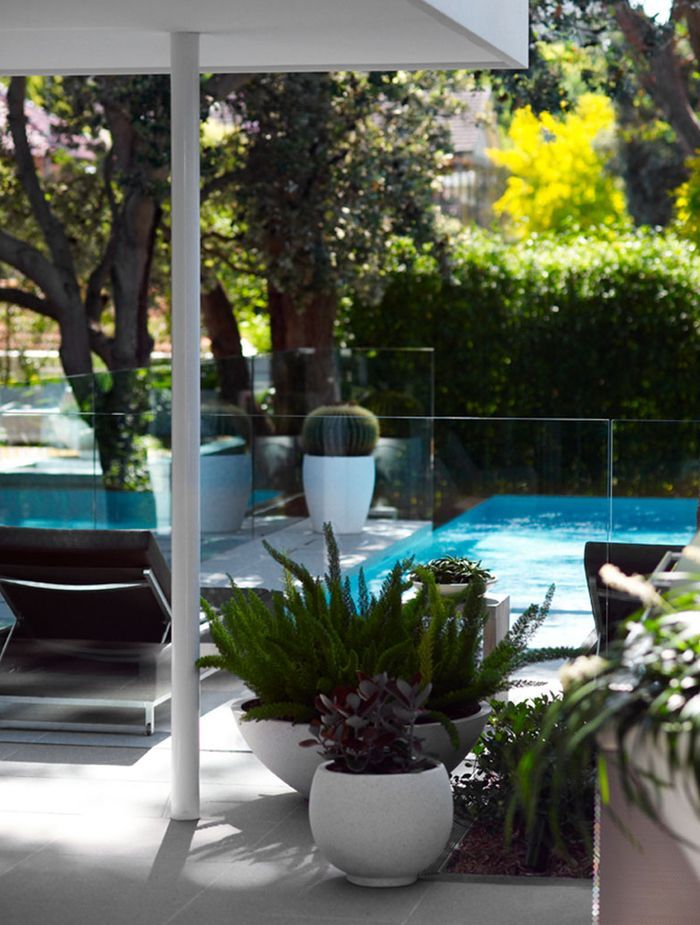Cluster Pots

NOT JUST FOR BALCONIES AND COURTYARDS, POTS CAN BE THE ICING ON THE CAKE OF A BEAUTIFUL BACKYARD, DOTTING A LANDSCAPING SCHEME LIKE EYE-CATCHING JEWELS. AND WHILE ONE LARGE, STATEMENT-MAKING POT IS WONDERFUL – AND A DEVICE WE USE A LOT IN OUR GARDENS – A CLUSTER OF POTS CAN BE EVEN BETTER. HERE’S WHY WE LOVE A POT CLUSTER AND HOW TO GET IT RIGHT.

THE RULES OF CLUSTERING POTS
There are no hard and fast rules when it comes to clustering pots, but there are guidelines to success that most designers and stylists tend to follow. Odd numbers of pots look better than even – three is the magic number. You also need to get some sort of variation in there; three identical pots will have far less visual impact than three of staggered heights and different shapes. For example, a shallow bowl with a tall cylinder and a shorter round pot, perhaps. Tie the different shapes together by picking pots in the same colour (white or grey, for example) or in the same material, like stone or terracotta.
WHICH POTS TO CHOOSE
Be guided by your space when choosing pots. If you’ve got a contemporary home and garden, the best choice will be clean modern shapes, like Secret Gardens’ own Hibernate range, while stone and terracotta work well in the formal garden of a period home. Likewise, your space will inform the size of the pots you choose; oversized pots add instant drama, but you don’t want to overcrowd the space – if it’s going to be a trip hazard, you’ve gone too far!
Let’s not forget practicalities either; if you might be moving pots around – perhaps as the seasons change – or if you’re installing them yourself, go for lighter pots. Hibernate pots are made from lightweight fibreglass, so you can get the drama of a large pot, without the logistical challenges of heavy stone or clay.
PLANTING UP A POT CLUSTER
The choice of plants is firstly driven by the position of your pot cluster. If it’s in a shady position – located inside, under a pergola or on a balcony – you’ll have to select plants appropriate to the conditions and will likely end up with a look that’s deep green and lush. On the other hand, a full sun position suggests succulents, for a fuss-free arrangement that will thrive even when it’s dry.
Look for a variety of plants, with different heights, colours and forms, and consider planting up more than one plant per pot; for example, layering a small tree with a groundcover that will drape enchantingly over the side of the pot. Consider every angle. Pots are generally viewed from more than one angle, so you need to consider from where it will mostly be viewed, as well as how it will look from behind or from the sides.
Lastly, have fun! We use different planting arrangements on every project because there’s a limitless range of possibilities. Play with plants you know, experiment with something different, move the pots around and find a look you love.



